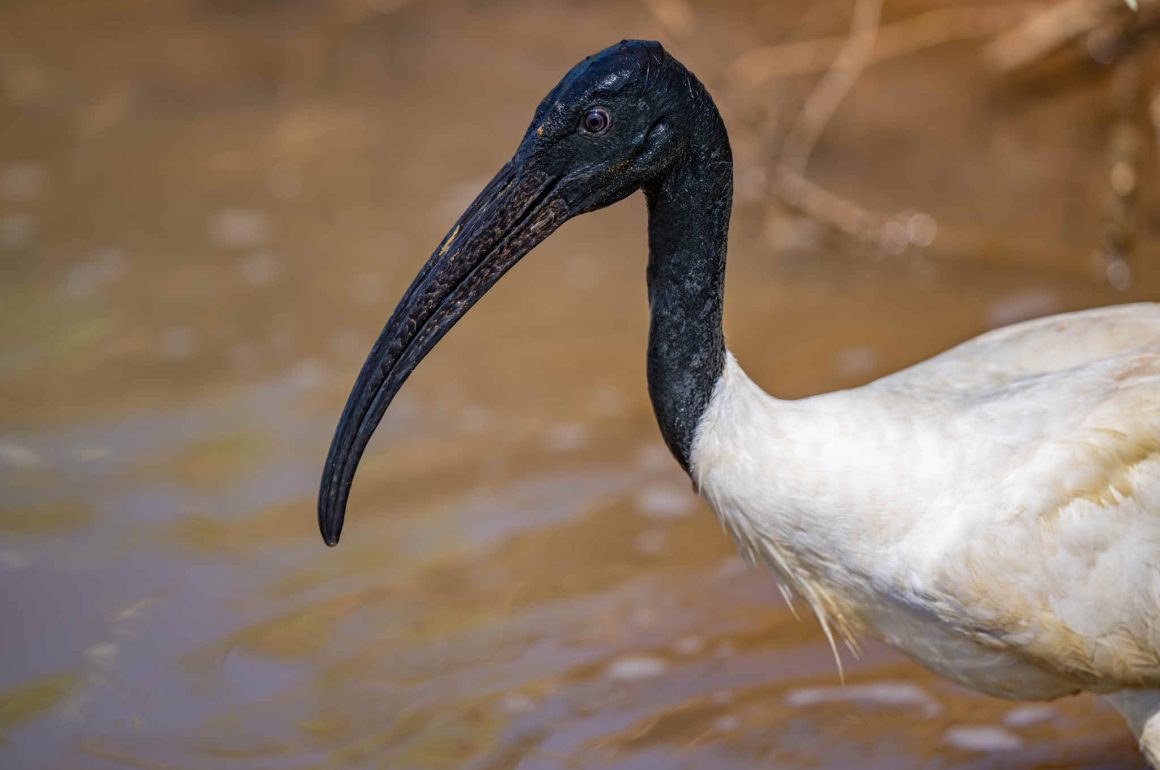
Judging from the number of jeeps entering this national park in the morning (our guide talked about 300), this must easily be the most popular park in Sri Lanka.
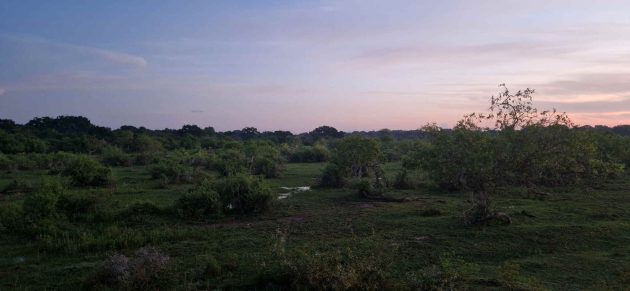
This can be annoying, particularly when you are a birder who gets stuck in a traffic jam of jeeps caused by a leopard sighting somewhere. Most people come here for the leopards, elephants, and deer, not for the birds (yes, I always thought that most people are strange).
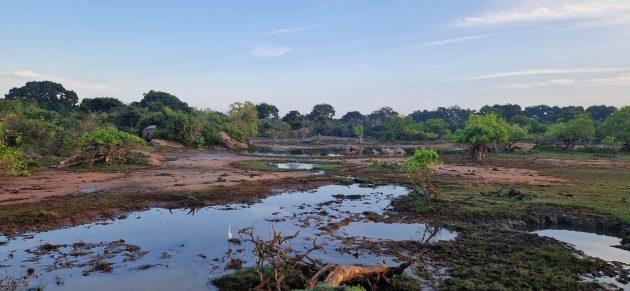
Anyway. It is not a bad place for birders after all – the birds, accustomed to the daily 300 jeeps, are quite tame and easy to photograph. Unless your lens is too big – this was the big day for my 500 mm lens instead of my usual 800 mm (yes, I know showing off with lens lengths can be off-putting, my apologies).
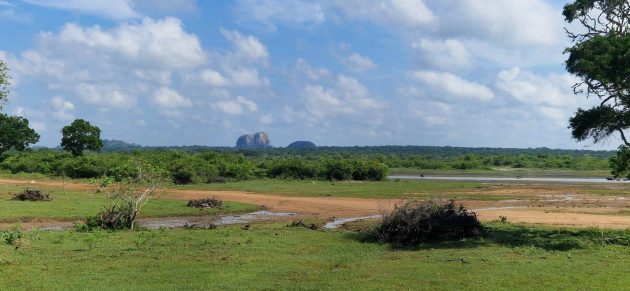
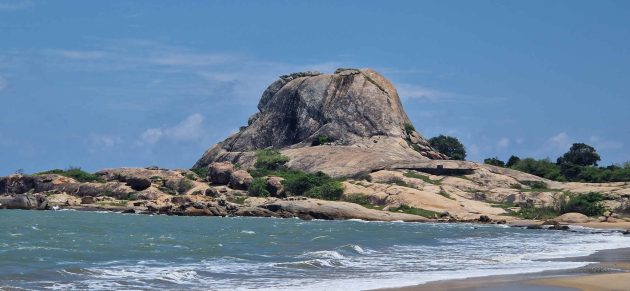
Storks are one of the bird families that require a short lens here at Yala. For example, the Painted Stork.
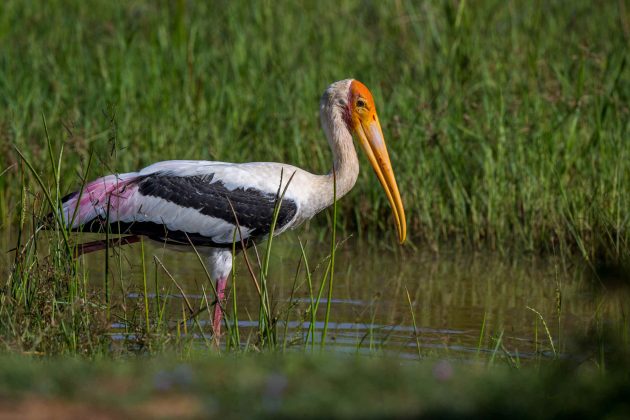
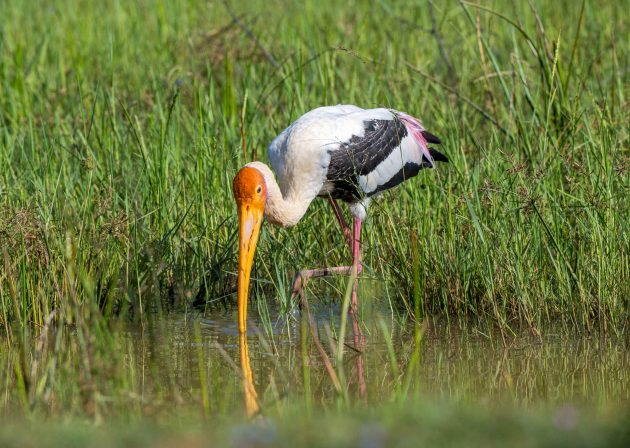
Other storks at Yala include the Asian Openbill …
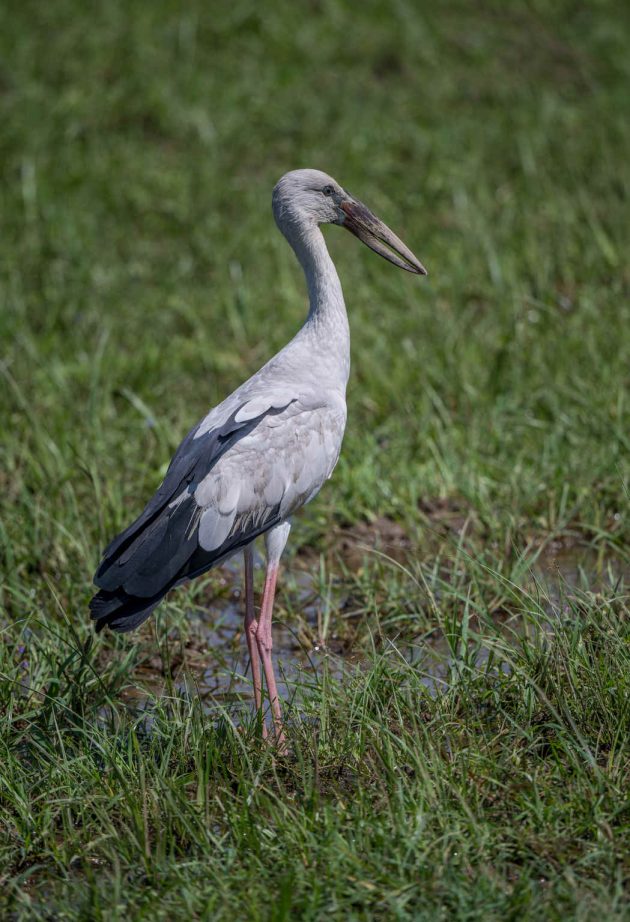
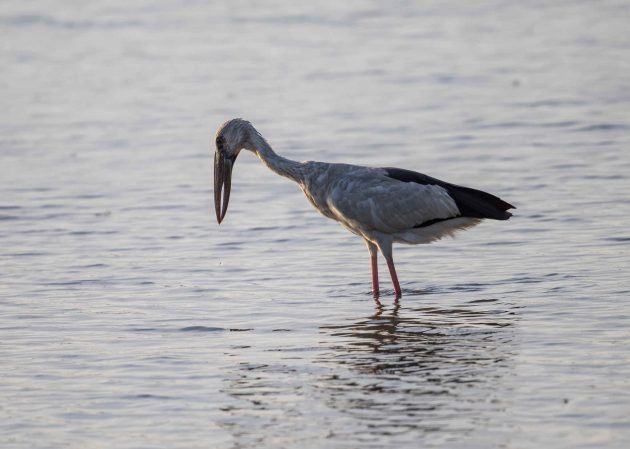
… the Woolly-necked Stork …
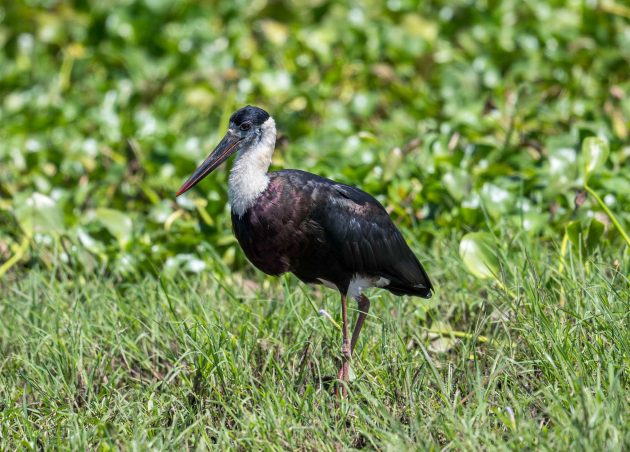
… and the Black-necked Stork.
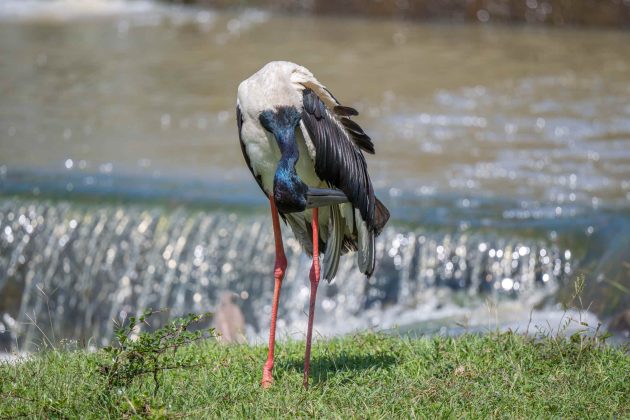

Seeing a Besra is much better than following the link to BESRA, despite its promise to “create a platform of support for researchers to enable interdisciplinary research advances.”
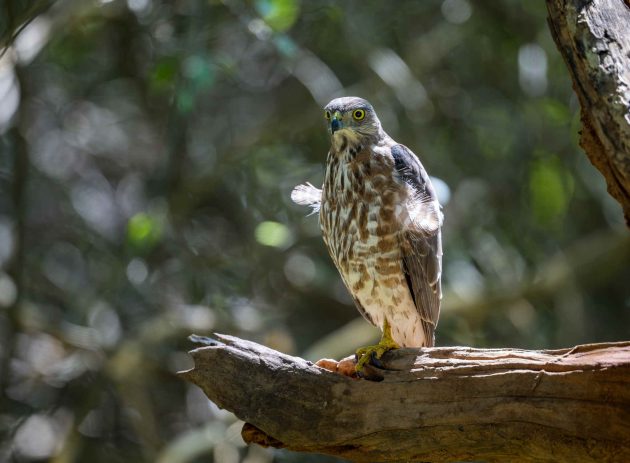
The virgata in its scientific name Tachyspiza virgata just indicates that it is striped or streaked, similar to the Japanese Sparrowhawk, with which it apparently is closely related (source: HBW).
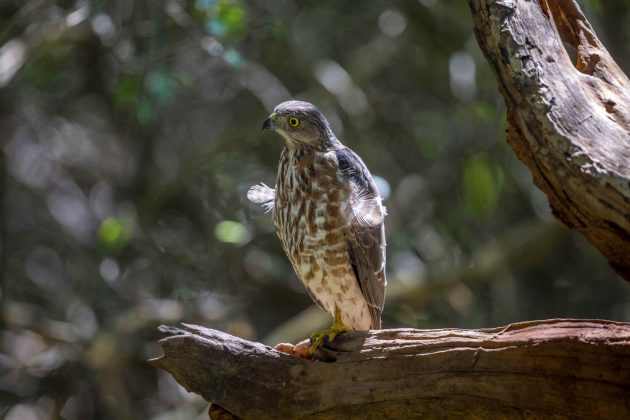
Other raptors good at ignoring the 300 daily jeeps at Yala are the White-bellied Sea Eagle …
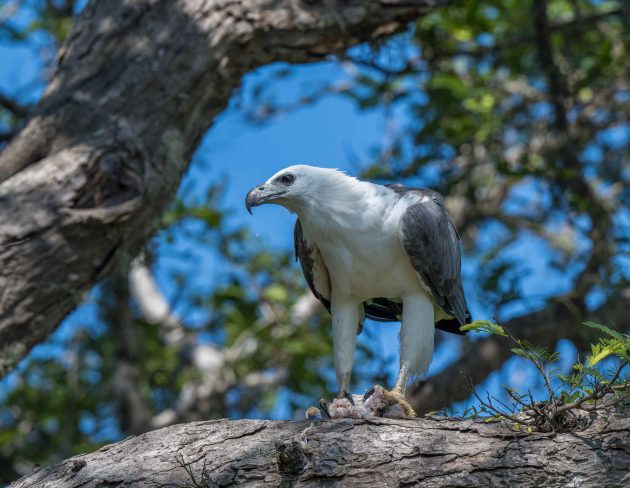
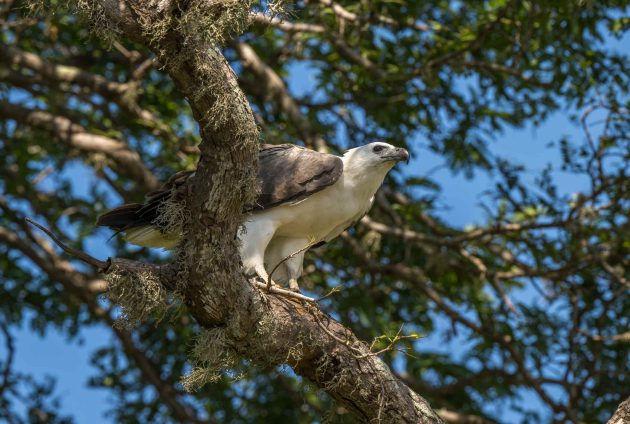
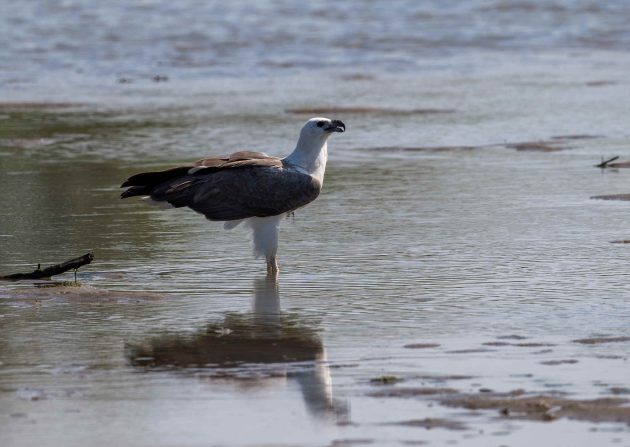
… Changeable Hawk-eagle …
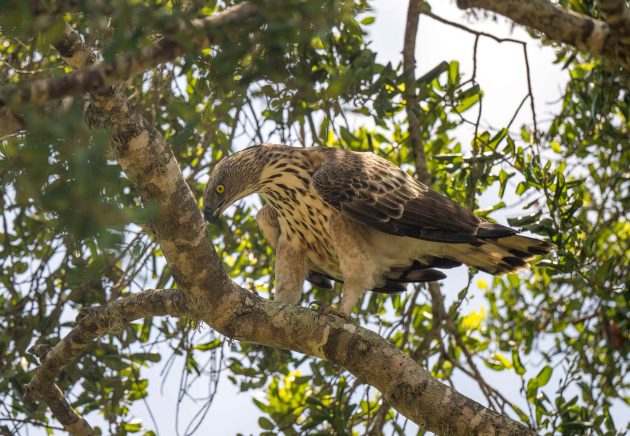
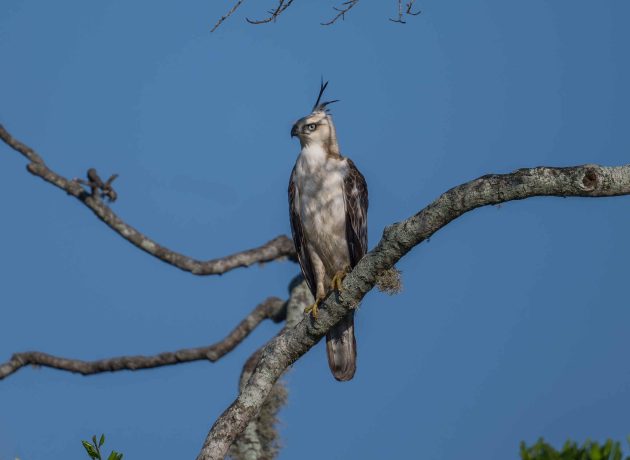
… and the Brahminy Kite.
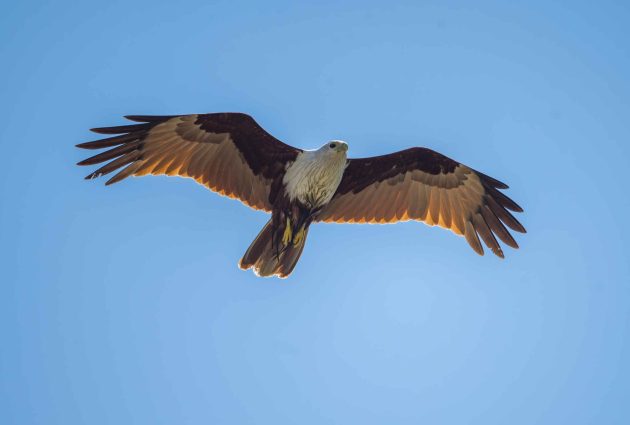
Yala is directly by the ocean and also has many swampy areas, making it a good place for waders such as the Great Thick-knee …
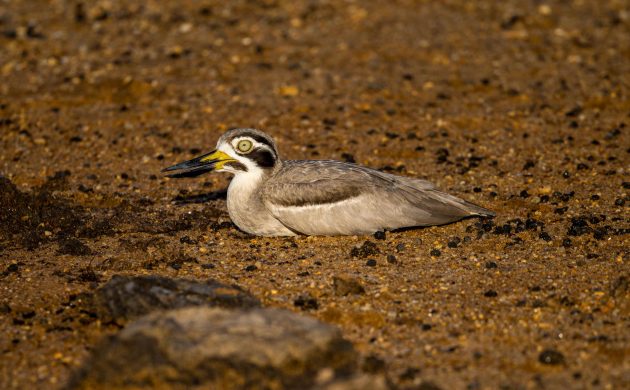
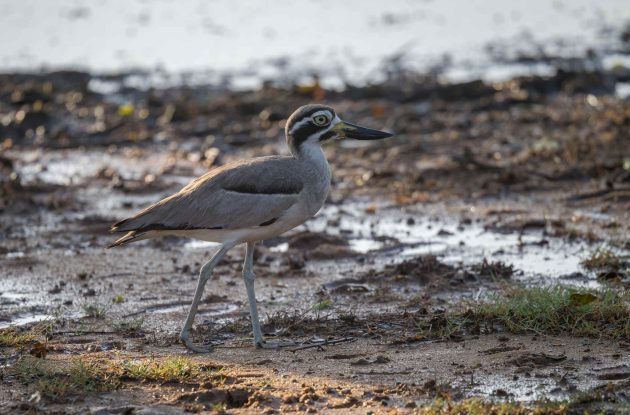
… Black-winged Stilt …
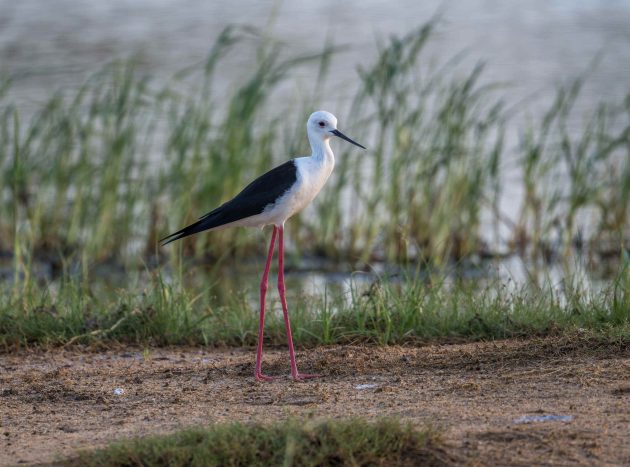
… Common Redshank …
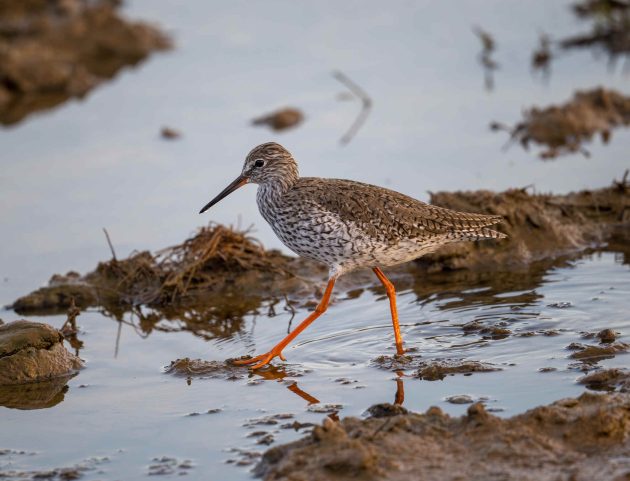
… Kentish Plover …
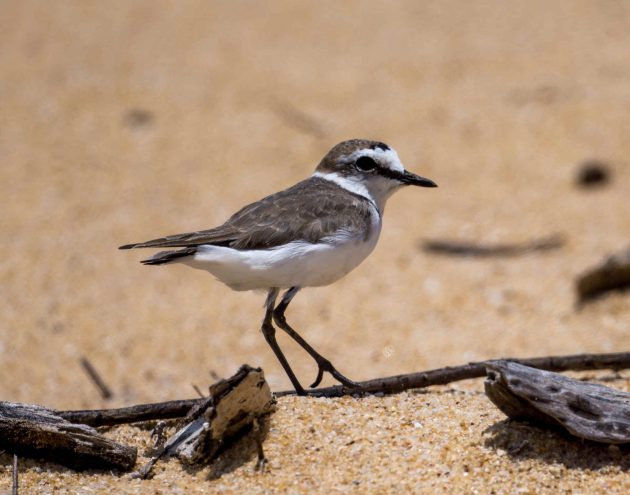
… and the two lapwings, Red-wattled Lapwing …
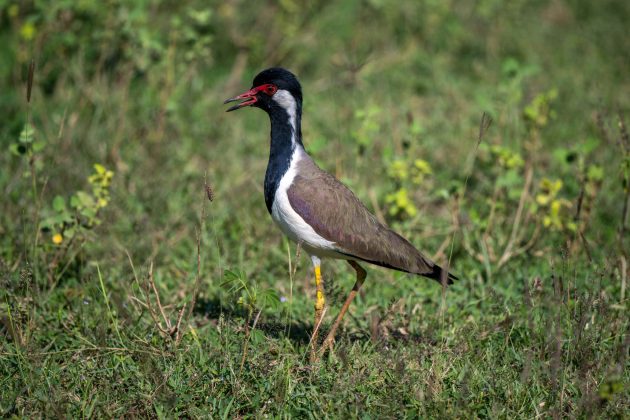
… and Yellow-wattled Lapwing.
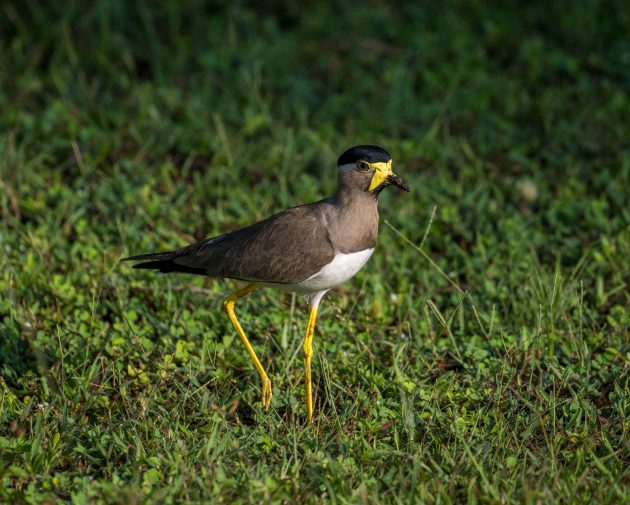
On the beach, Large-billed Crows gathered around some dead fish.
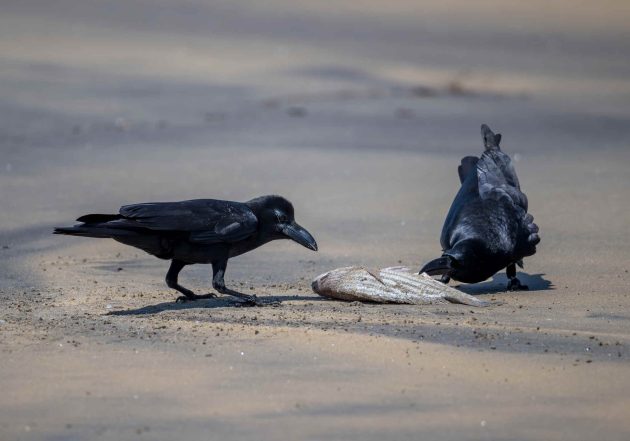
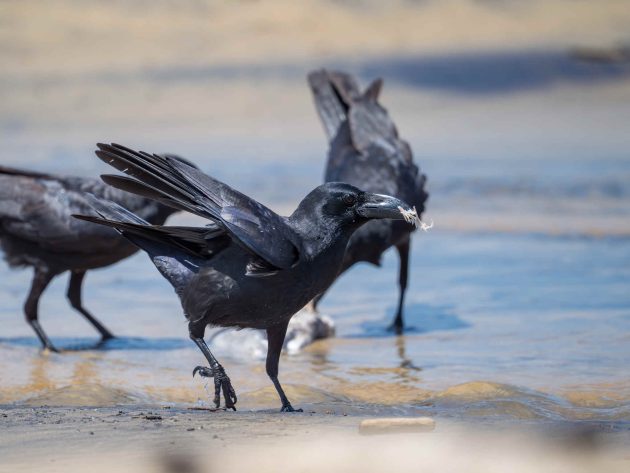
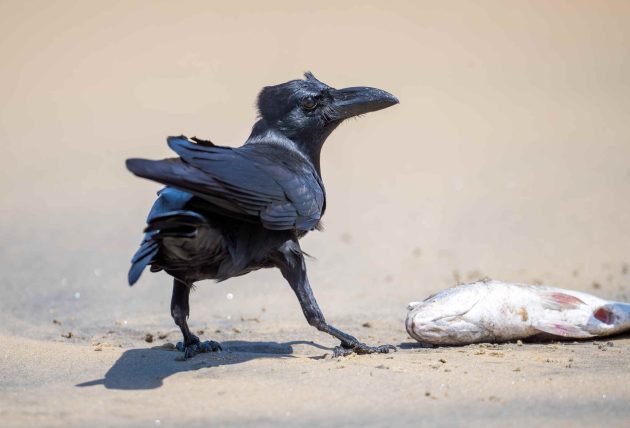
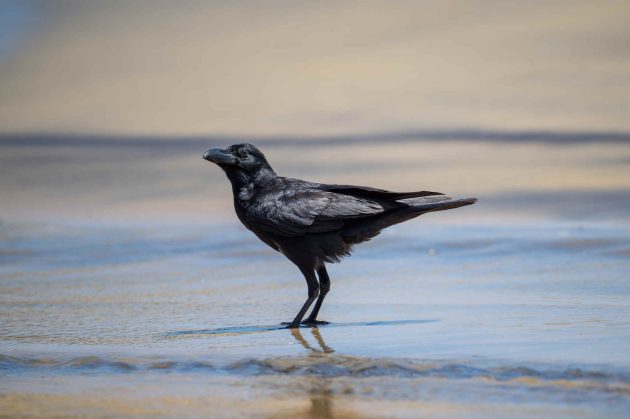
A Spot-bellied Pelican fished in the inlets from the sea …
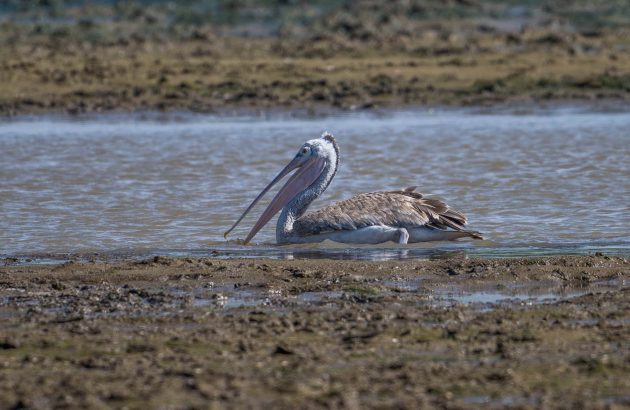
… looking a bit like “The Monitor” of Civil War fame …
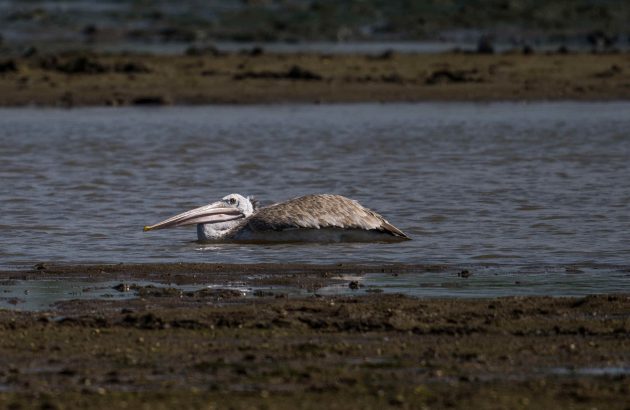
… and crossing paths with some mammal.
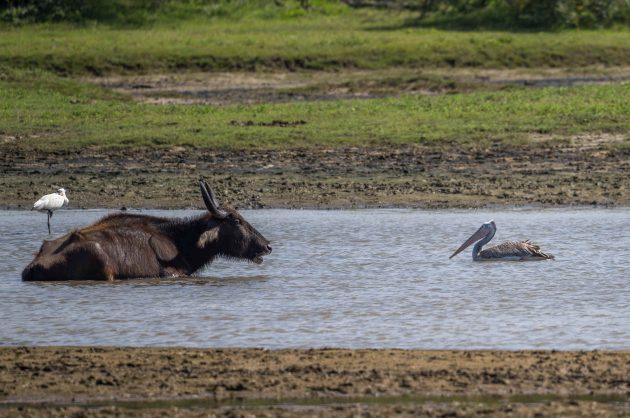
Lesser Whistling Ducks don’t do much during the day – supposedly, they are nocturnal feeders, but maybe this is just an excuse for being lazy.
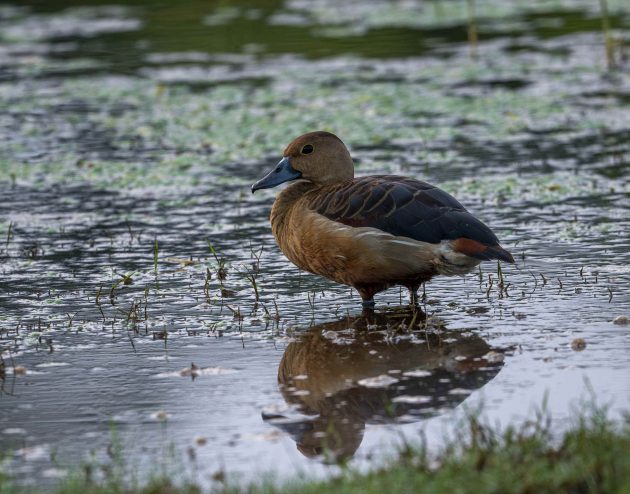
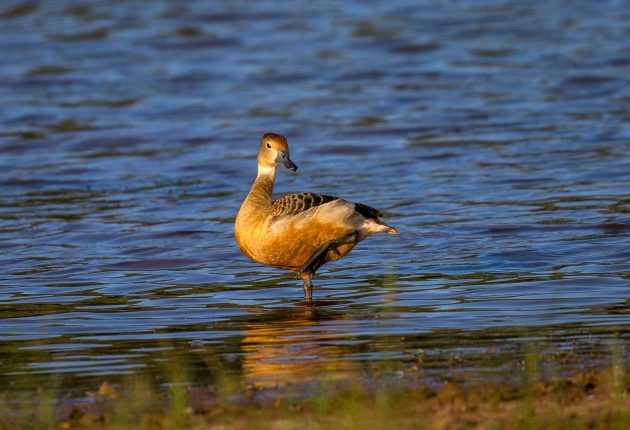
I have mentioned it before, but I am afraid that the poem “The Black-headed Ibis” by D.H. Lawrence does not exist. If you use ChatGPT to write papers, you need to do some checking. Specific advice to Hiren B. Soni, Department of Environmental Science and Technology (EST), Institute of Science & Technology for Advanced Studies & Research (ISTAR), The CVM University, Gujarat, India, who writes:
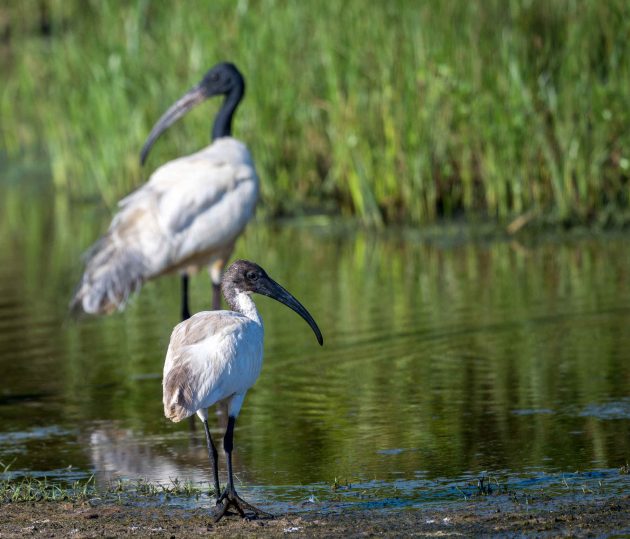
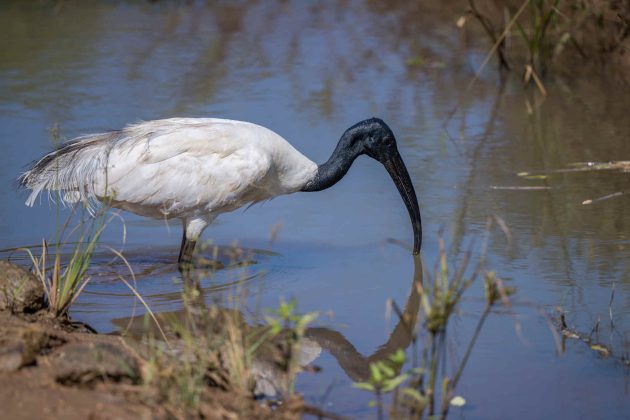
“‘The Black-headed Ibis’ by D.H. Lawrence: This poem by D.H. Lawrence describes the beauty of the Black-headed Ibis and its presence in the natural world. It reflects Lawrence’s fascination with nature and his ability to capture the essence of birds in his poetry.“
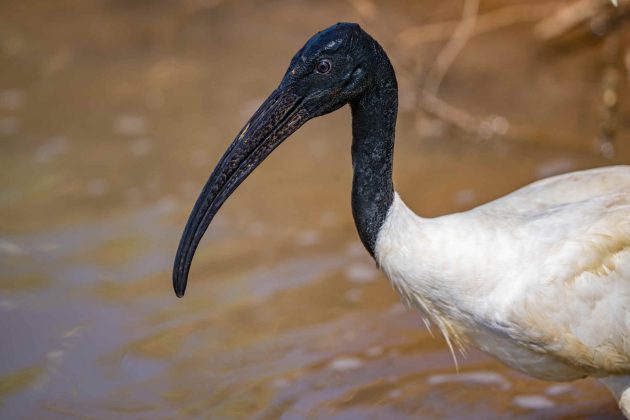
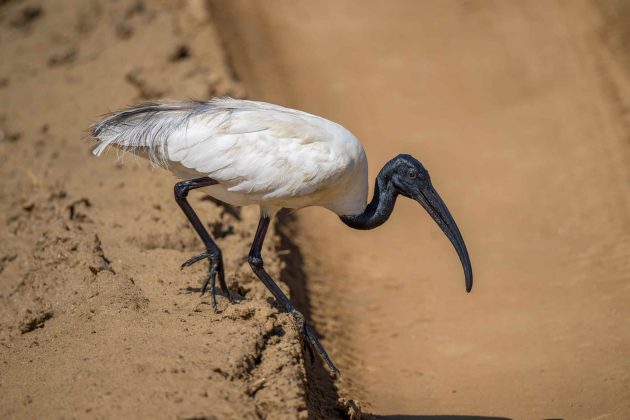
Though possibly not written by ChatGPT, a site named Greenverz has similarly low-quality statements about the Indian Cormorant: “This bronze-brown bird is a subject of interest in many bird sanctuaries and for people who are into bird photography.”
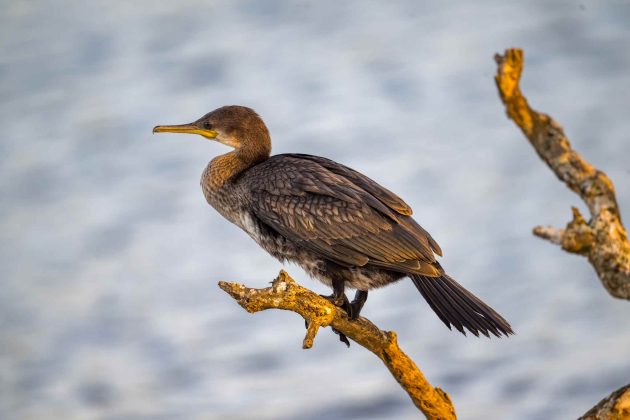
The site also offers remarkable insight into the height of the bird, in a paragraph headed Height: “When measured from tip to tail while standing upright, the Indian Cormorant presents an imposing stature. Its height is another remarkable feature that captivates bird lovers and wildlife photographers. Though exact measurements can vary, the Indian Cormorant’s height is an impressive trait, often documented in bird photos and bird images.”
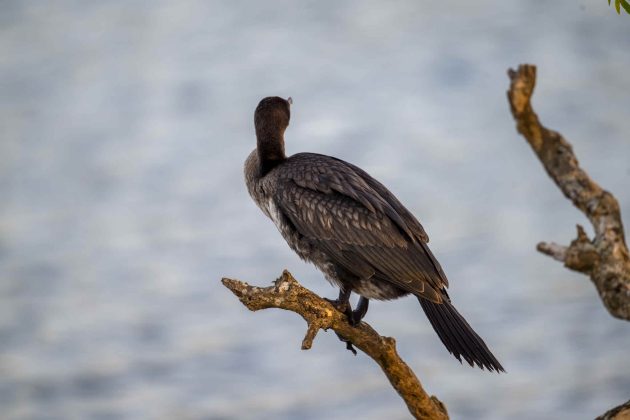
A gap in the line of jeeps gave me a few seconds to get photos of a Barred Buttonquail resting on the road.
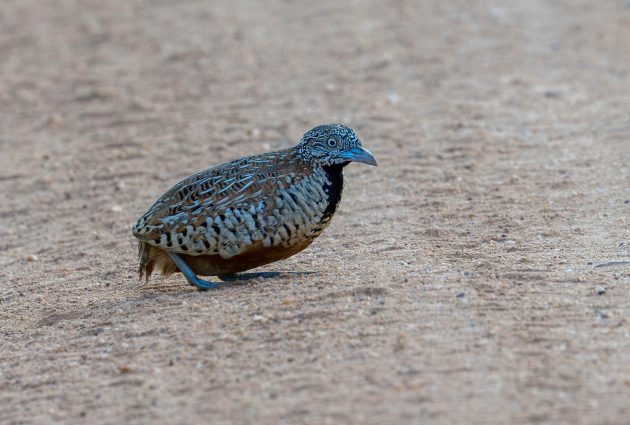
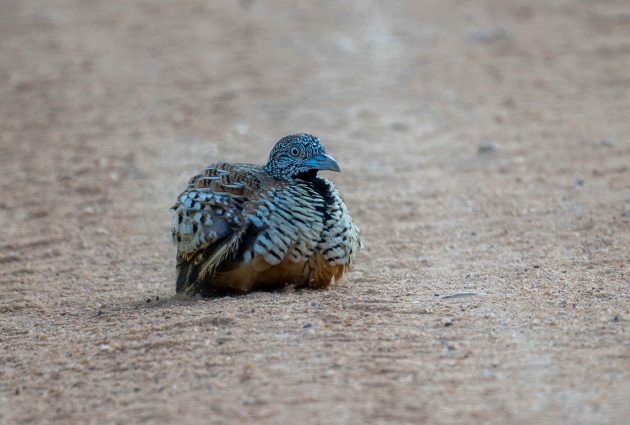
I will skip the bee-eaters for this post – it is a rather good place to photograph them, so good that it is worth a separate post on the Asian Green Bee-eater, Blue-tailed Bee-eater, and the Chestnut-headed Bee-eater.
There will also be separate posts on the Indian Peafowl …
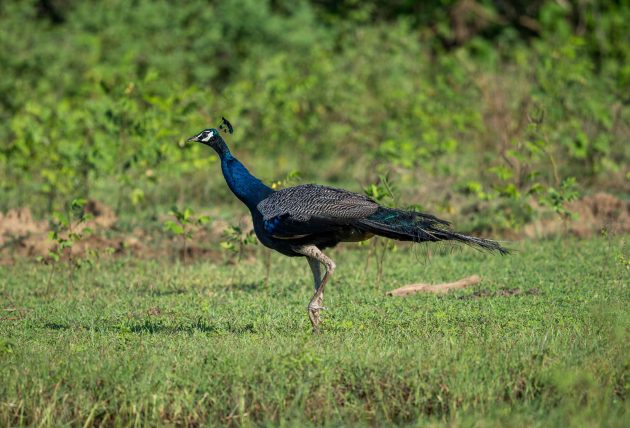
… and the Malabar Pied Hornbill, so just one photo each.
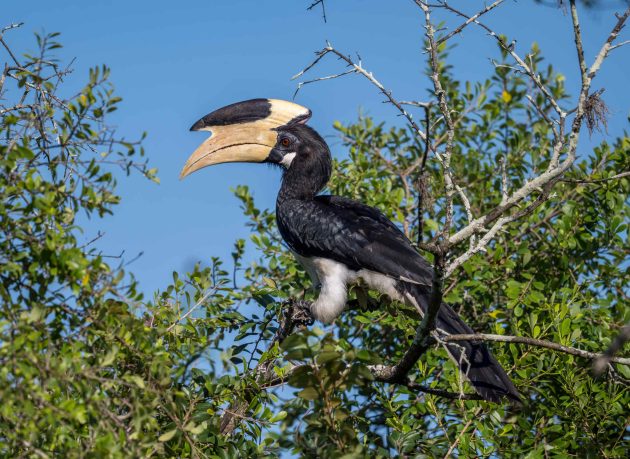
That leaves some smaller woodland species – the Eurasian Hoopoe, which can be found in many countries, though this is presumably the subspecies ceylonensis, the smallest of all subspecies …
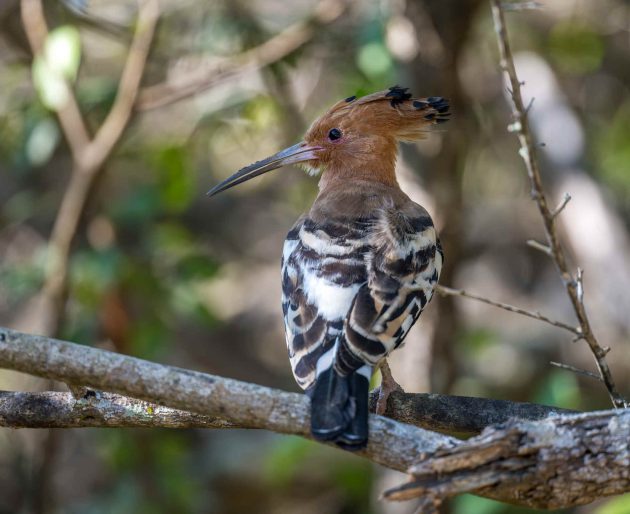
… the endemic Sri Lanka Woodshrike (split from the Common Woodshrike despite looking fairly similar, thus the scientific name affinis, presumably after lobbying from the local bird guides trying to increase the number of endemics) …
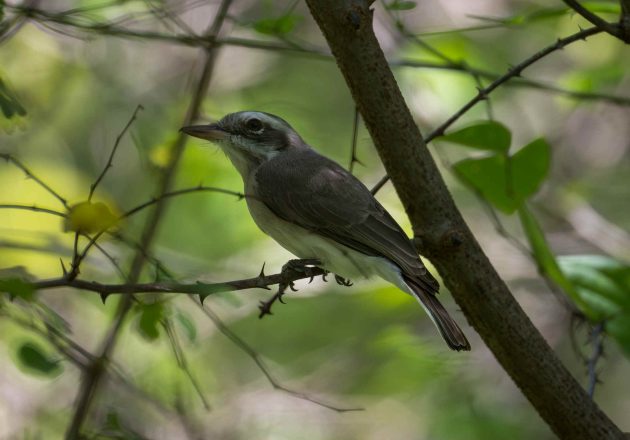
… the attractive Yellow-crowned Woodpecker …
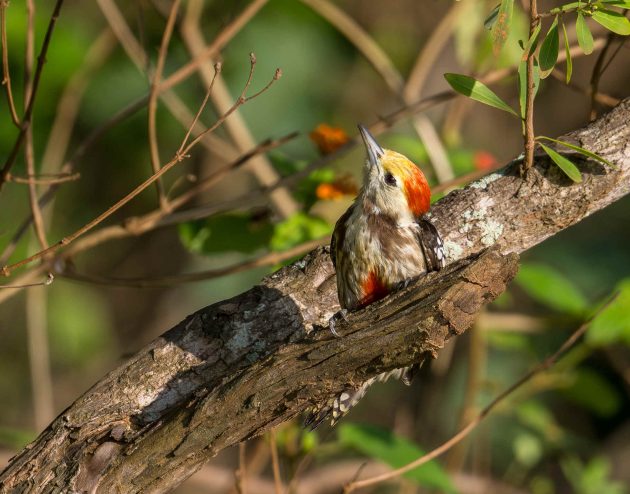
… whose scientific name Leiopicus mahrattensis apparently refers to the Marathas, a warrior caste that ruled much of India during the first half of the 18th century (not sure that deserves naming a species after them) …
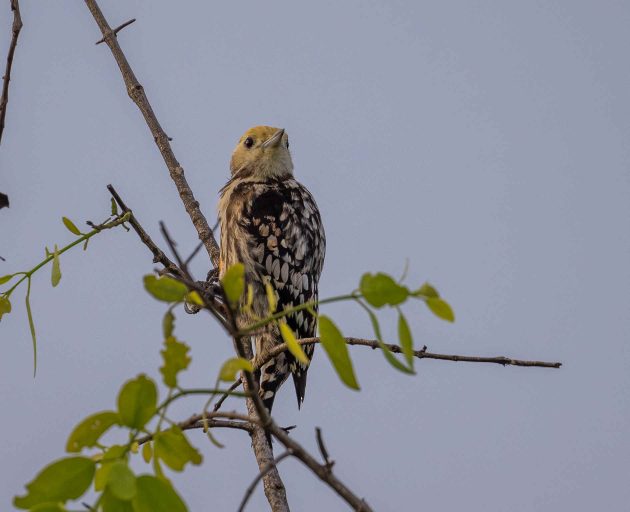
… and the White-browed Fantail …
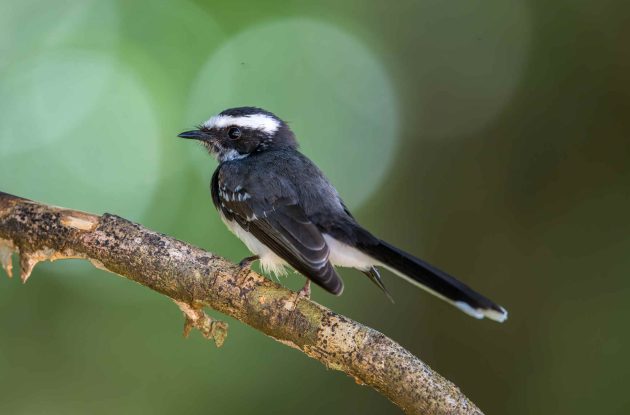
… with the slightly mystifying scientific name Rhipidura aureola, which would indicate something is or looks golden about this species.
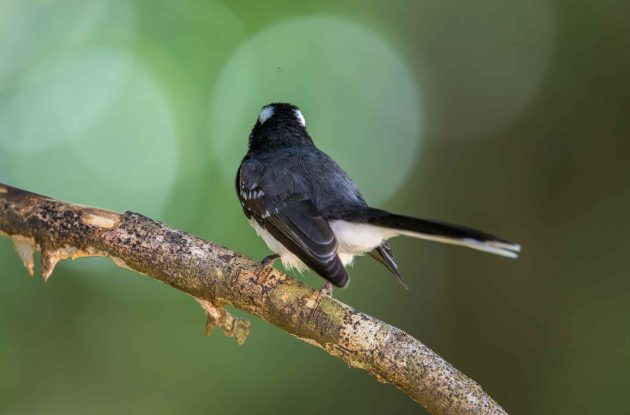
And of course, much as I despise mammals for being related to Donald Trump, some of them should be shown in a post on Yala NP.
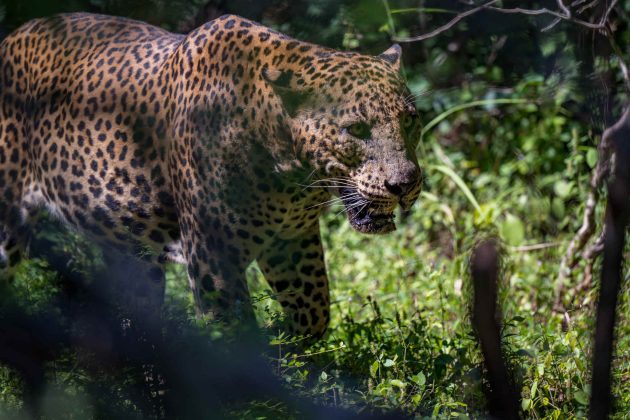
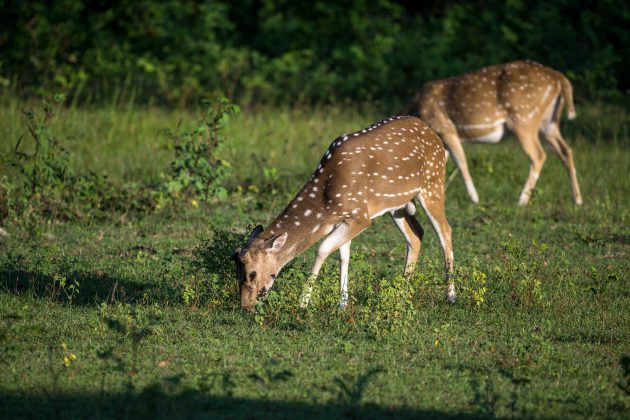
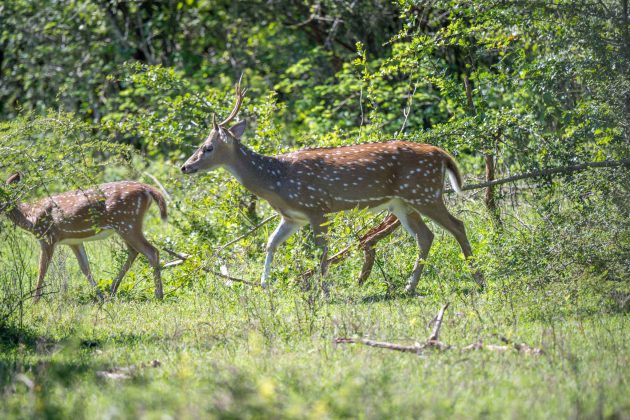
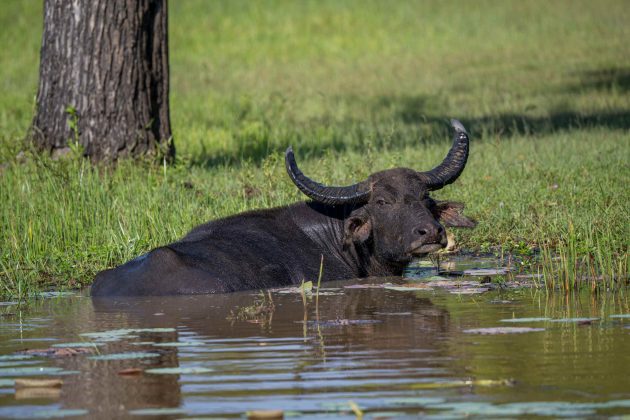
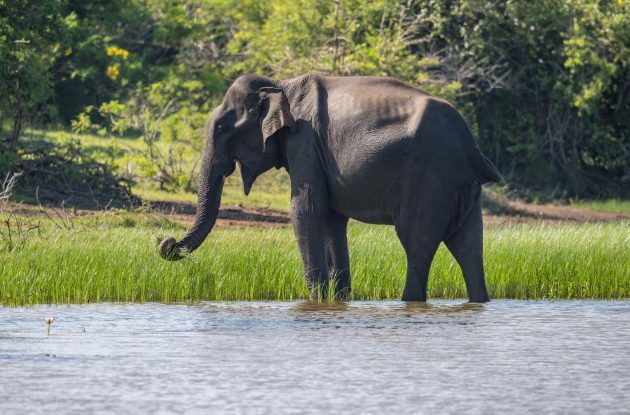
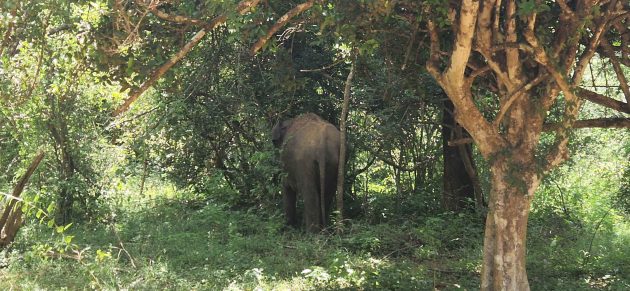
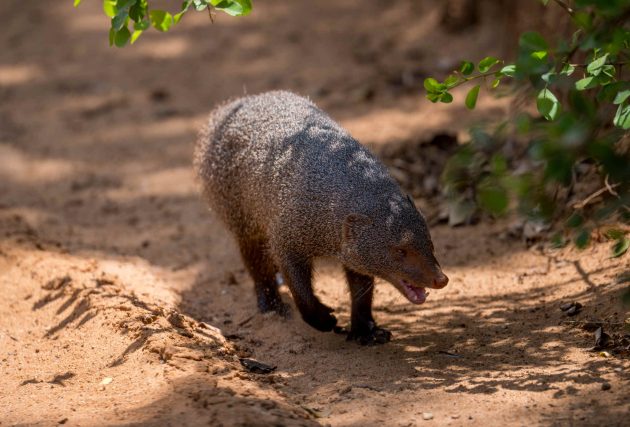
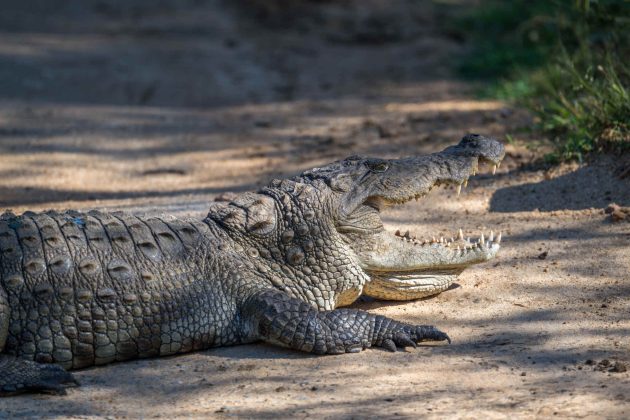
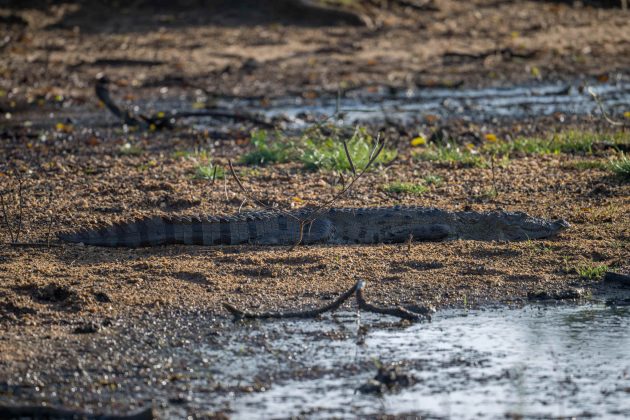
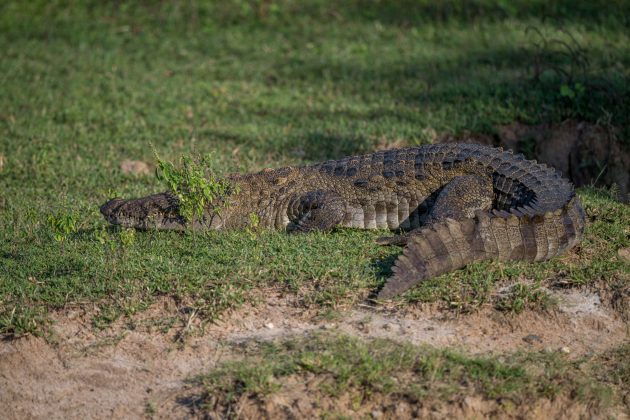
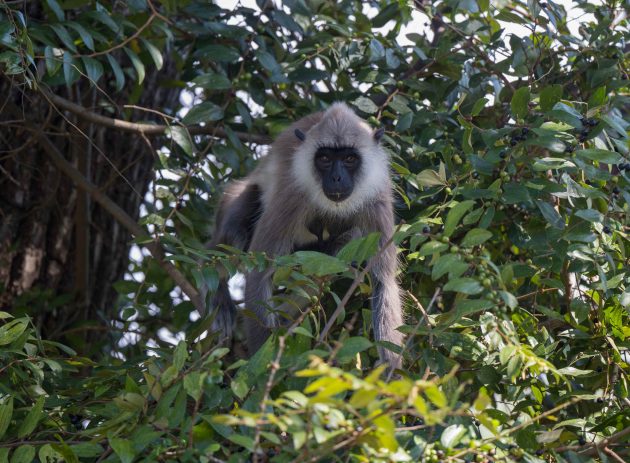
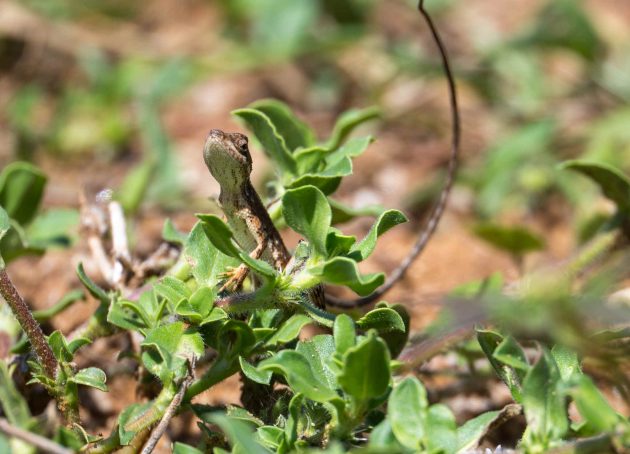
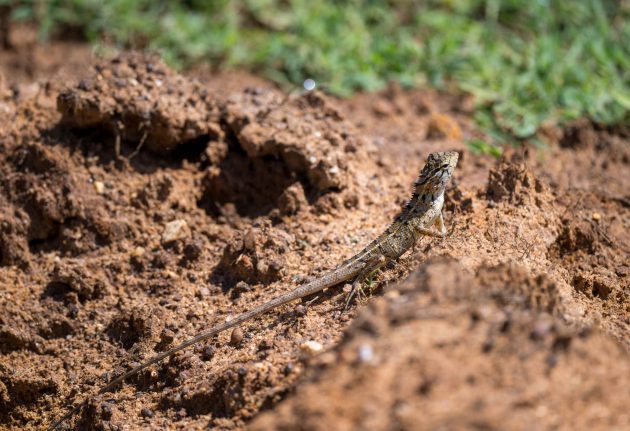
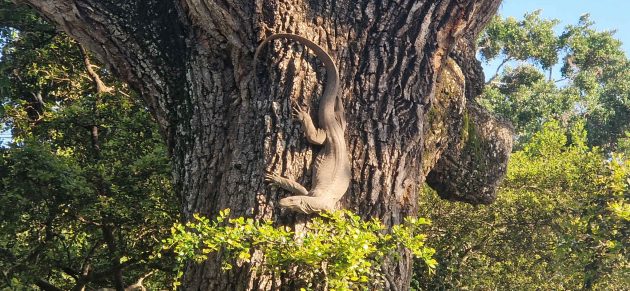
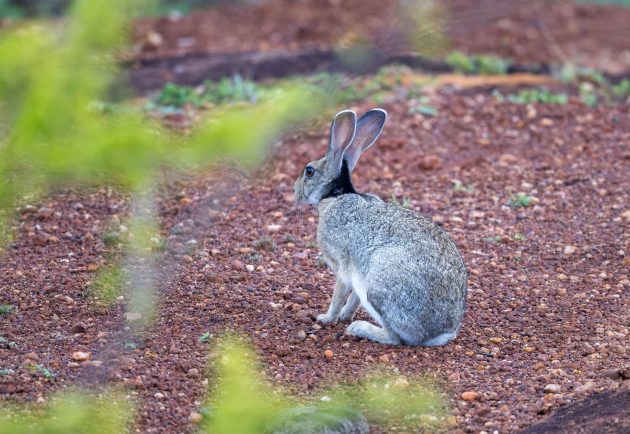
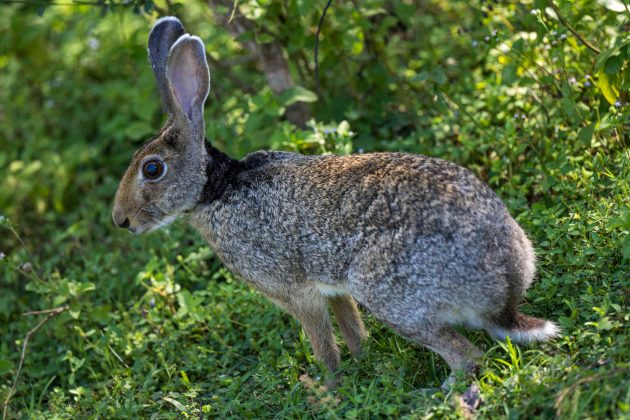
All photos taken at Yala NP on March 21, 2025


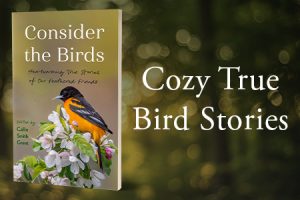

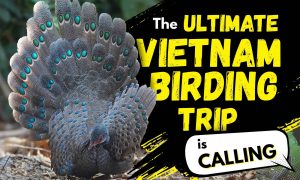
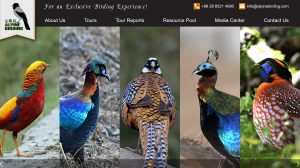
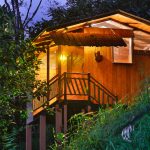
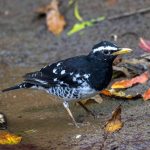
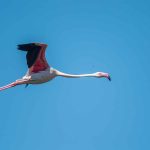
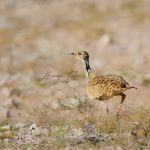
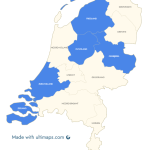
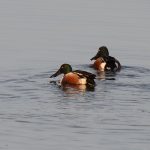

Very cool post – love the mammals!